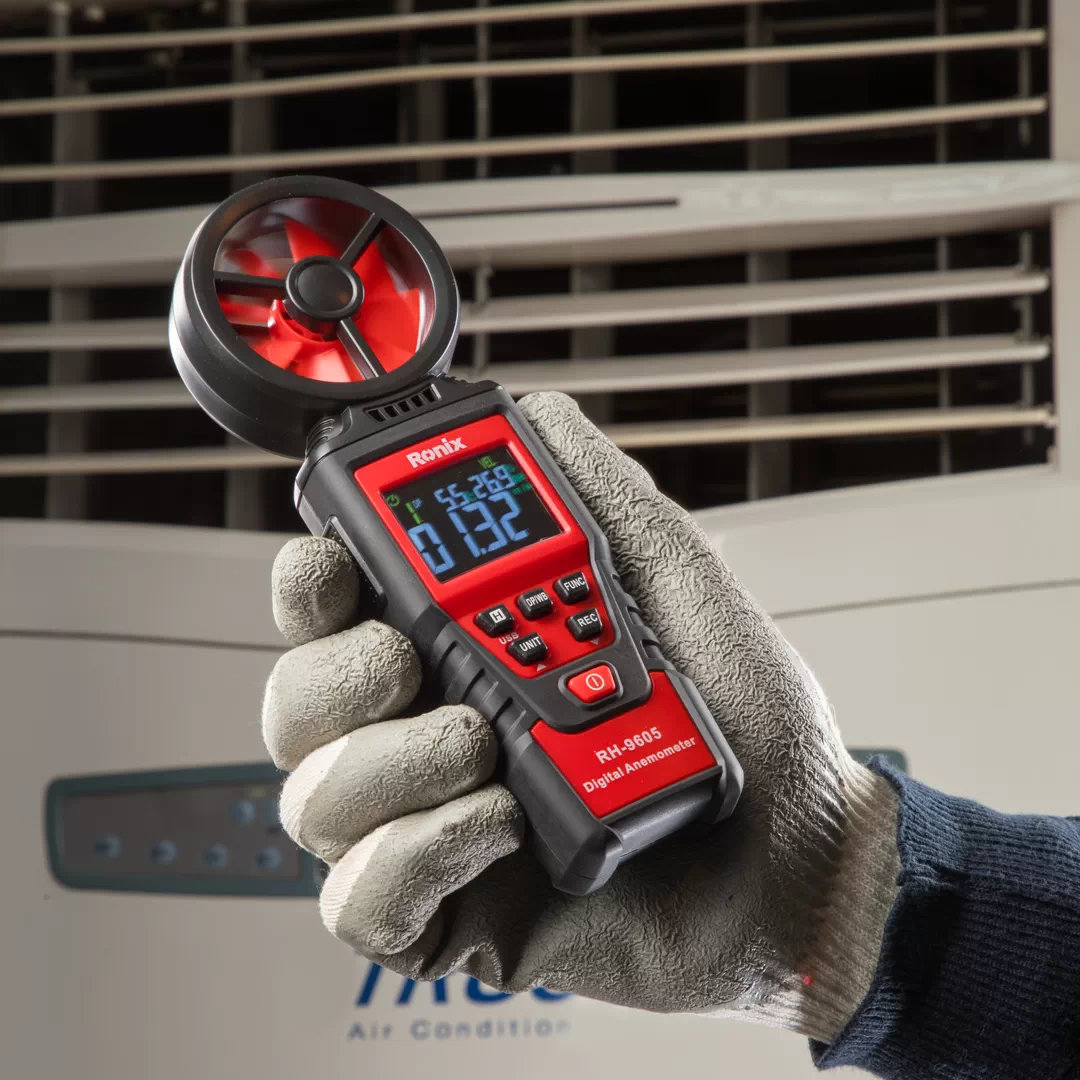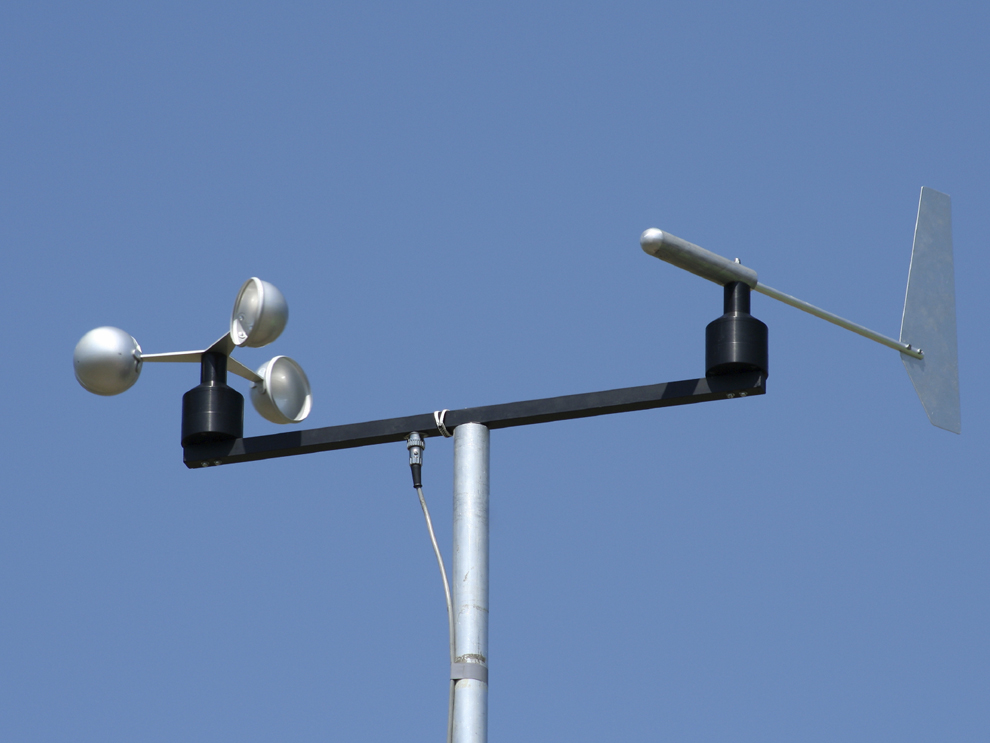Anemometers Revealed: Understanding Their Significance in Ecological Monitoring and Precaution
The role of anemometers in ecological surveillance and security measures is typically ignored, yet their importance is indisputable. From meteorology to aeronautics safety and security, anemometers play a vital role in providing exact data that notifies decision-making procedures and improves overall safety and security.
History of Anemometers
The advancement of anemometers can be traced back to the ancient people where basic wind measuring tools were initial used. These very early wind dimension tools laid the foundation for the advancement of much more advanced anemometers over time. Among the earliest recognized anemometers was the hemispherical mug anemometer invented by Leon Battista Alberti in the 15th century. This style included four hemispherical mugs that collected wind energy, giving a measurement of its intensity based on the rate of turning.
Over the years, developments in technology led to the development of more modern anemometers, including ultrasonic anemometers and laser Doppler anemometers, using raised accuracy and performance in determining wind speed and instructions. The history of anemometers showcases an impressive trip of advancement and progression in the field of meteorology.
Sorts Of Anemometers
Throughout the area of weather forecasting, numerous kinds of anemometers have actually been created to properly determine wind speed and direction. Sonic anemometers use ultrasonic signals to gauge wind speed and direction precisely. Hot-wire anemometers operate based on the principle that the cooling result of wind on a warmed cable is proportional to the wind speed.
Applications in Weather Forecasting
Having discussed the various kinds of anemometers used in weather forecasting for measuring wind speed and instructions, it is vital to discover their sensible applications in the area. Anemometers play a critical role in meteorology by providing real-time and precise information on wind conditions (anemometer). Meteorologists make use of anemometers to keep track of wind rate and instructions to anticipate weather patterns, concern warnings for extreme weather events like hurricanes, tornados, and cyclones, and examine weather for air travel safety and security
In meteorology, anemometers aid in recognizing neighborhood and regional wind patterns, which are essential for predicting climate modifications and identifying climatic patterns. These devices are likewise made use of in research to research microclimates, urban warmth islands, and air contamination dispersion. In addition, anemometers are employed in agriculture to optimize plant management techniques, such as watering and chemical application, based upon wind problems.
Value in Air Travel Security
An important facet of making certain aviation safety depends on the careful surveillance of wind conditions making use of anemometers. Anemometers play an essential function in air travel by giving real-time information on wind rate and direction, assisting pilots in making informed decisions throughout take-off, trip, and landing. Uncertain and strong winds can substantially affect aircraft procedures, making it crucial for aeronautics authorities to depend on accurate wind measurements to ensure the safety and security of travelers and crew.

In the vibrant atmosphere of aviation, where even small modifications in wind rate and direction can have extensive results, anemometers stand as indispensable devices for advertising risk-free and safe and secure air travel.
Function in Environmental Study
Anemometers play an essential role in environmental research study by supplying necessary information on wind rate and instructions. By precisely gauging wind characteristics, anemometers help researchers evaluate the movement of pollutants in the air, examine the influence of commercial discharges, visit site and forecast the spread of impurities in the atmosphere.


Final Thought
In conclusion, anemometers have actually played an essential role in ecological surveillance and safety steps. Understanding the importance of anemometers is essential for accurately measuring wind rate and instructions, which is essential for forecasting weather condition patterns, guaranteeing risk-free aeronautics operations, and performing environmental researches.
One of the earliest recognized anemometers was the hemispherical mug anemometer designed by Leon Battista Alberti in the 15th century. Over the years, improvements in modern technology these details led to the growth of even more modern anemometers, consisting of ultrasonic anemometers and laser Doppler anemometers, offering boosted accuracy and effectiveness in measuring wind speed and instructions. Hot-wire anemometers operate based on the concept that the cooling effect of wind on a warmed wire is symmetrical to the wind speed. Meteorologists utilize anemometers to keep track of wind speed and instructions to forecast weather patterns, issue cautions Continued for serious weather condition events like storms, storms, and tornadoes, and examine atmospheric conditions for aeronautics safety and security.
Recognizing the significance of anemometers is crucial for properly gauging wind rate and direction, which is essential for forecasting climate patterns, ensuring risk-free aviation procedures, and carrying out environmental research studies. (anemometer)